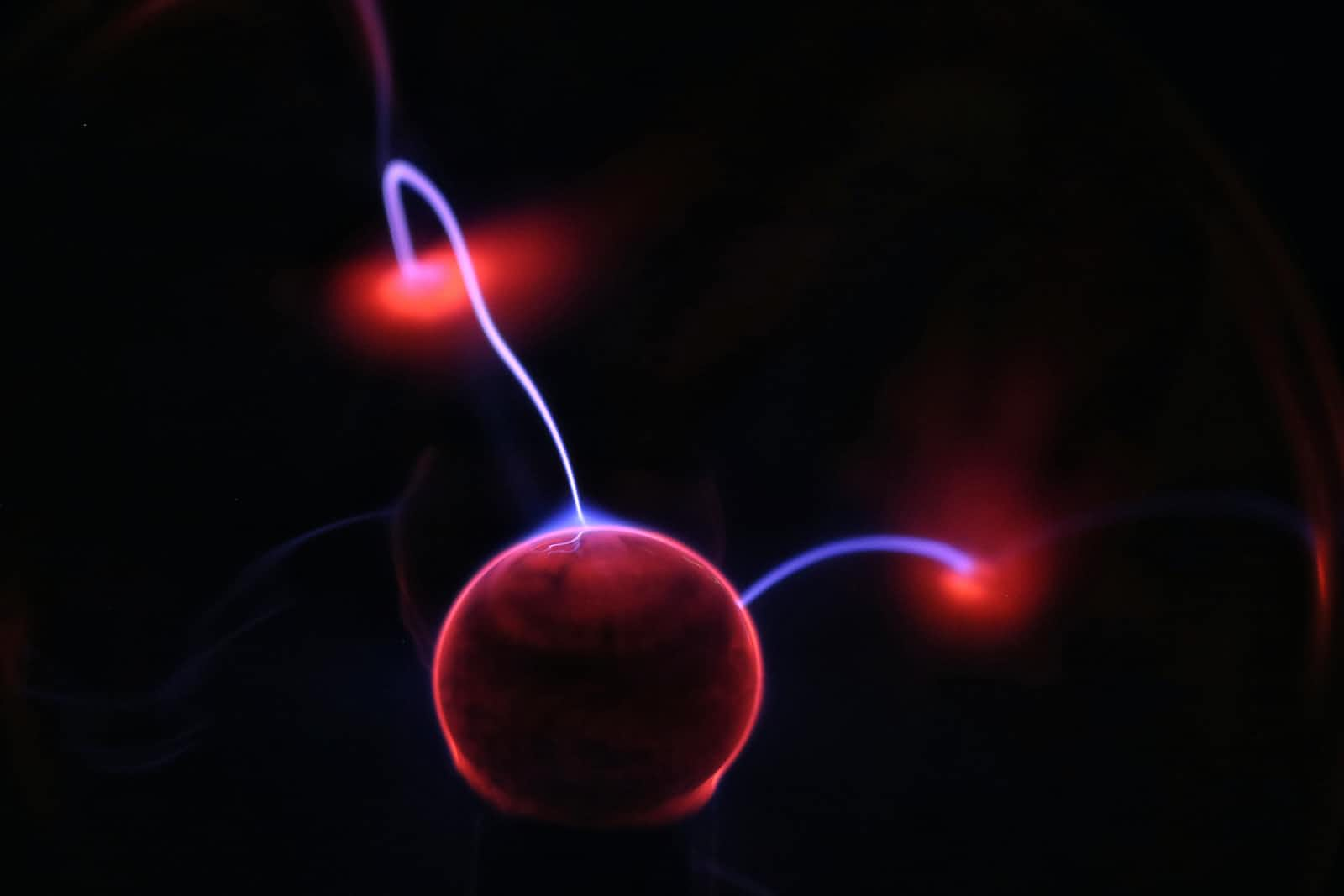Quantum Entanglement: Unveiling the Mysterious Connection Beyond Space and Time
 Hemant Singh
Hemant Singh
Quantum entanglement, a phenomenon that defies classical intuitions and challenges our understanding of reality, has intrigued physicists and philosophers alike for decades. This mysterious phenomenon reveals a deep and fundamental connection between particles that transcends space and time. In this article, we embark on a journey through the history of quantum entanglement, exploring its discovery, experiments, and the profound implications it holds for our understanding of the quantum world.
The Birth of Quantum Mechanics and Entanglement's Prelude
The early 20th century saw the birth of quantum mechanics, a revolutionary theory that explained the behavior of particles at the atomic and subatomic levels. Central to quantum mechanics is the concept that particles, such as electrons and photons, exhibit both particle-like and wave-like behavior, and their properties are described by probability distributions.
Albert Einstein, Boris Podolsky, and Nathan Rosen (EPR) proposed a thought experiment in 1935 known as the EPR paradox. They challenged the completeness of quantum mechanics by suggesting that particles could be "entangled" in such a way that measuring one particle's properties would instantaneously determine the properties of another particle, even if they were far apart.
Entanglement's Discovery and the Bell Inequality
In the 1960s, physicist John Bell formulated a mathematical inequality that could distinguish between the predictions of classical physics and those of quantum mechanics regarding entangled particles. Bell's inequality became a crucial tool for experimental tests of entanglement.
In 1982, physicist Alain Aspect conducted groundbreaking experiments at the University of Paris-South to test Bell's inequality. Aspect's experiments involved pairs of entangled photons emitted from a single source. These photons were sent in opposite directions to detectors placed far apart.
Aspect's results defied classical explanations and aligned with the predictions of quantum mechanics. The correlations between the entangled photons violated Bell's inequality, providing strong evidence for the reality of quantum entanglement.
Entanglement's Key Features and Mechanisms
Quantum entanglement involves two or more particles that become interconnected in such a way that the properties of one particle are instantaneously correlated with the properties of another, even when separated by vast distances. This connection persists regardless of the spatial separation between the particles, and it occurs faster than the speed of light.
The entanglement of particles can occur through various processes, such as the emission of entangled photons during certain types of particle interactions. Once entangled, the particles' properties, such as spin or polarization, become correlated. However, the specific state of each particle remains uncertain until measured, as described by quantum probabilities.
Applications and Implications
Quantum entanglement has sparked interest not only due to its counterintuitive nature but also for its potential applications in quantum technologies. Quantum cryptography, quantum teleportation, and quantum computing are areas where entanglement's unique properties are harnessed for practical purposes.
Entanglement also challenges our understanding of causality and the nature of reality. The instantaneous connection between entangled particles seems to defy the limits imposed by the speed of light, raising questions about how information and influence can be transmitted.
Closing Thoughts
Quantum entanglement, though puzzling, has been repeatedly confirmed through experiments, leading scientists to accept its reality as a fundamental aspect of the quantum world. It has opened doors to new technologies and prompted philosophical contemplation about the true nature of the universe. As we continue to explore the depths of quantum mechanics, the enigma of entanglement remains a testament to the complex and intriguing nature of the quantum realm.
Subscribe to my newsletter
Read articles from Hemant Singh directly inside your inbox. Subscribe to the newsletter, and don't miss out.
Written by
